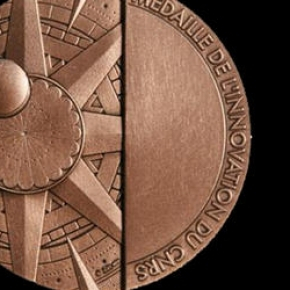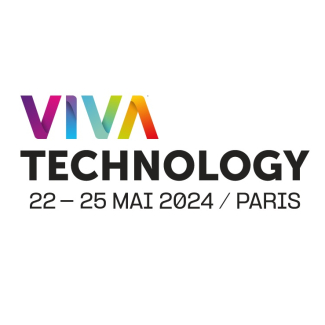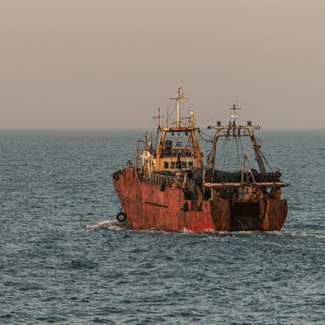
The CNRS 2021 Innovation Medal laureates
Antoine Aiello, Nora Dempsey, François Jérôme and Amanda Silva Brun are the four recipients of the CNRS 2021 Innovation Medal. Created 10 years ago, this distinction honours people whose outstanding research has led to significant technological, economic, therapeutic or social innovations that promote French scientific research.
From patent filings and pre-maturation programmes for innovative projects, to a joint research laboratory with economic stakeholders and accompanying future start-up creators, “Scientists who demonstrate the desire to turn the results of their research into an asset for the socio-economic fabric now have a vast choice of opportunities,” says Jean-Luc Moullet, the CNRS Deputy CEO for Innovation. The four laureates of the CNRS 2021 Innovation Medal illustrate the diverse paths this can take while pursuing high-quality research. For Jean-Luc Moullet, “It is not a matter of turning every scientist into a start-up creator, but it is important to continue to foster the spirit of entrepreneurship in laboratories.”
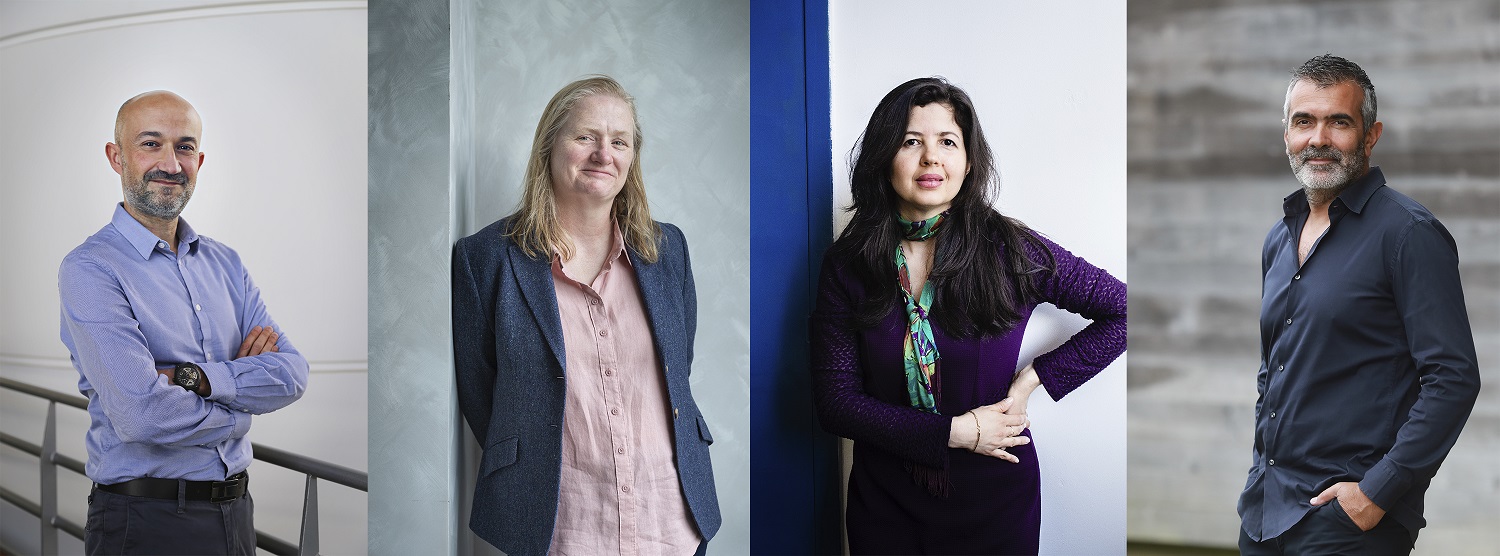
Antoine Aiello – Ecological engineering at the service of the sea
“I am guided by a vision of the world where the sensible exploitation of natural resources, accompanied by scientific innovation, aligns harmoniously with the environmental, social and cultural specificities of a territory,” says Antoine Aiello, who himself comes from a family of fishermen, and is a specialist in modelling and behavioural simulations of complex systems. His research vision gave rise to the Stella mare1
platform dedicated to marine and coastal ecological engineering, which he created and now heads.
Approved by the CNRS in 2011, Stella mare brings together scientists, marine professionals, environmental managers and institutional stakeholders to achieve integrated management of fisheries resources. The goal is to control the reproduction and rearing of “engineered” species that are remarkable from an ecological and/or socio-economic point of view. One example is the flat oyster, a species that Corsican growers had not managed to cultivate until now. 500,000 are growing in the ‘Etang de Diana,’ and that number is expected to increase to 4 million in 2022. These oysters were also introduced in Bastia harbour, and scientists have shown that they can ‘bio-clean’ the equivalent of the port’s water volume in one week. Whether for maintaining stocks, ecological restoration and exploiting ecosystemic services, Stella mare uses original promotion paths, with the aim of spearheading the creation of a blue bioeconomy far beyond Corsica.
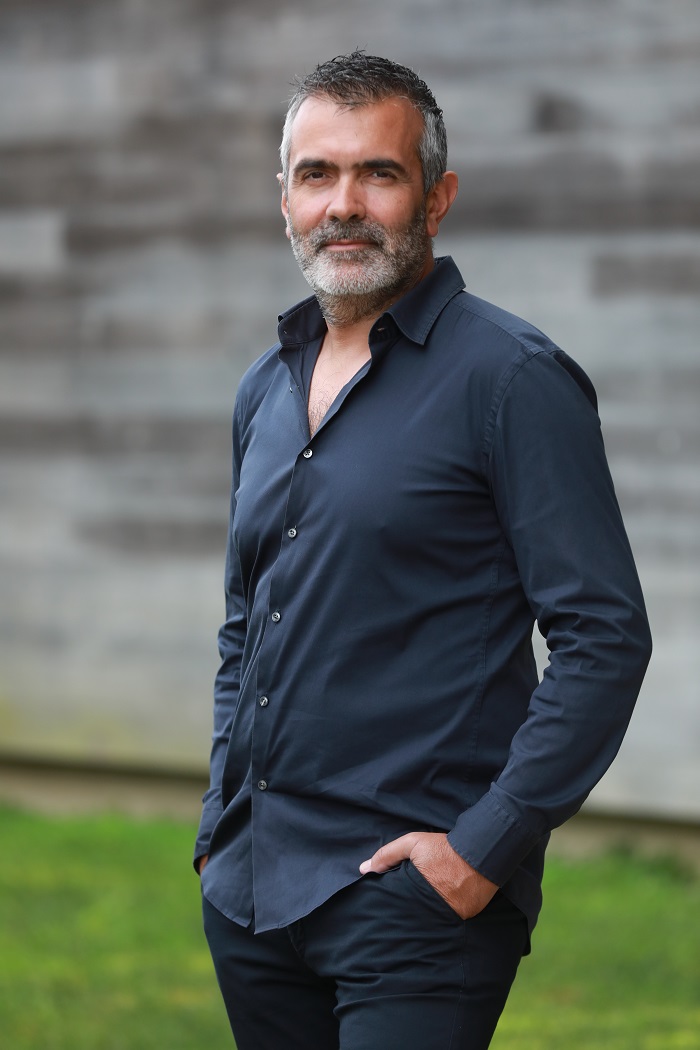
Nora Dempsey – Micro-magnets all around
Nora Dempsey, at the CNRS Institut Néel, is enthusiastic: “I am deeply motivated by seeing my research results applied in the real world”. Recruited by the CNRS in 2001, she made a name for herself by developing processes for the synthesis of high-performance micro-magnets, whose magnetic structure is controlled at different lengthscales. This physicist’s know-how is put to use in collaborations with companies like Toyota, where her micro-magnets serve as model systems for improving the performance of magnets used in the engines of hybrid-electric vehicles. Through her collaborations, Nora Dempsey also helped create the start-up Magia Diagnostic, which uses micro-magnets to capture molecules in medical diagnostics applications. Another example is a device that she developed to characterise the magnetic properties of films across a wafer2
, which has found application at Hprobe, a company specialised in the testing of spintronic components. Nora Dempsey is currently leading the MicroMagFab maturation project dedicated to integrating micro-magnets into micro-scaled motors, actuators and energy harvesters.
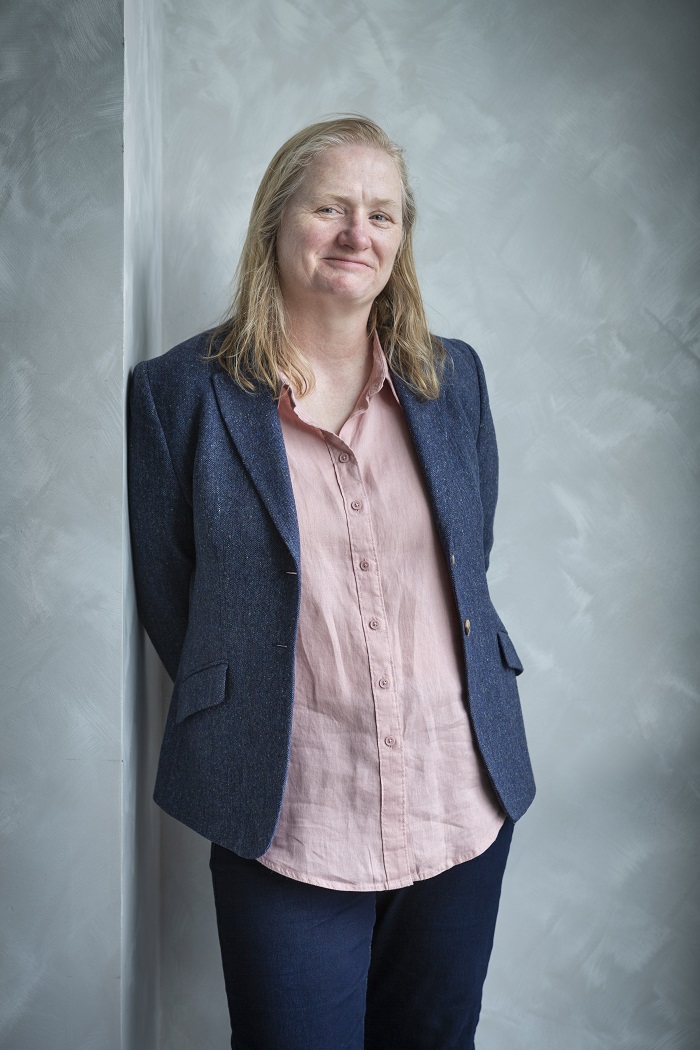
François Jérôme – A catalyst for sustainable chemistry
François Jérôme is a catalysis specialist at the forefront of developments in sustainable chemistry, where using biomass is a strategic focus. His work is based on the use of physical agents (electric fields, shock waves, ultrasound waves) to trigger reactions that transform plant sugar into chemicals: surfactants, solvents, monomers, and more – and in doing so, avoids relying on chemical activation. To accelerate the introduction of innovative products to the market, François Jérôme has been working with the Solvay Group since 2014, and also with SMEs such as ARD, the FCBA and Seprosys. As a sign of how robust the connection with Solvay is, since 2019, his team3
has been the “mirror site” for the international CNRS-Solvay Catalysis Laboratory, located in Shanghai (China). As he puts it, “To develop sustainable chemistry we must build strong links between scientists, the chemical industry and society”. To contribute to that, François Jérôme created the CNRS research federation “Increase” in 2015. It brings together eight laboratories and many manufacturers. François Jérôme also initiated the International Symposium on Green Chemistry, which has become an international conference of note.
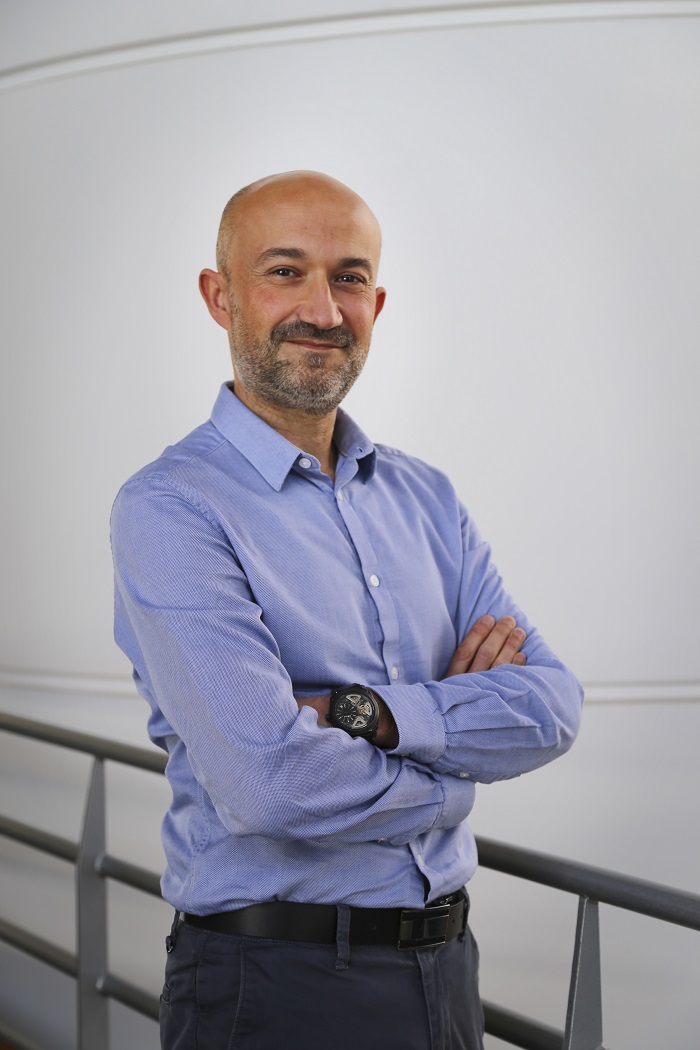
Amanda Silva Brun – Vesicles for regenerative medicine
“My goal is to work in team to develop innovative therapies using extracellular vesicles and to understand the associated mechanisms,” comments Amanda Silva Brun from the Laboratoire Matière et Systèmes Complexes4
. Holding doctorates in both pharmacy and biology, her research activity extends from the design of technologies for producing and engineering extracellular vesicles (EVs) to their applications in regenerative medicine and the delivery of therapeutic agents. Since 2016, she has worked on developing a technology to mass produce these “cellular particles” that cells emit naturally, stimulating their release via a turbulent flow. At the same time, she is developing a treatment for digestive fistulas (abnormal communication between two organs for example), allowing the EVs to be held in the fistula by a hydrogel. To promote these innovations, in 2019 and 2020 the 37-year-old and her collaborators co-founded the two start-ups EverZom, dedicated to the production of vesicles, which is preparing for a second round of capital investment and has received multiple awards and distinctions, and Evora, on the treatment of fistulas, which is looking for investors wishing to focus on preparing for human clinical trials. She is their scientific advisor. Laureate of the ERC since last year, Amanda Silva Brun intends to focus her research also on mechanistic aspects.
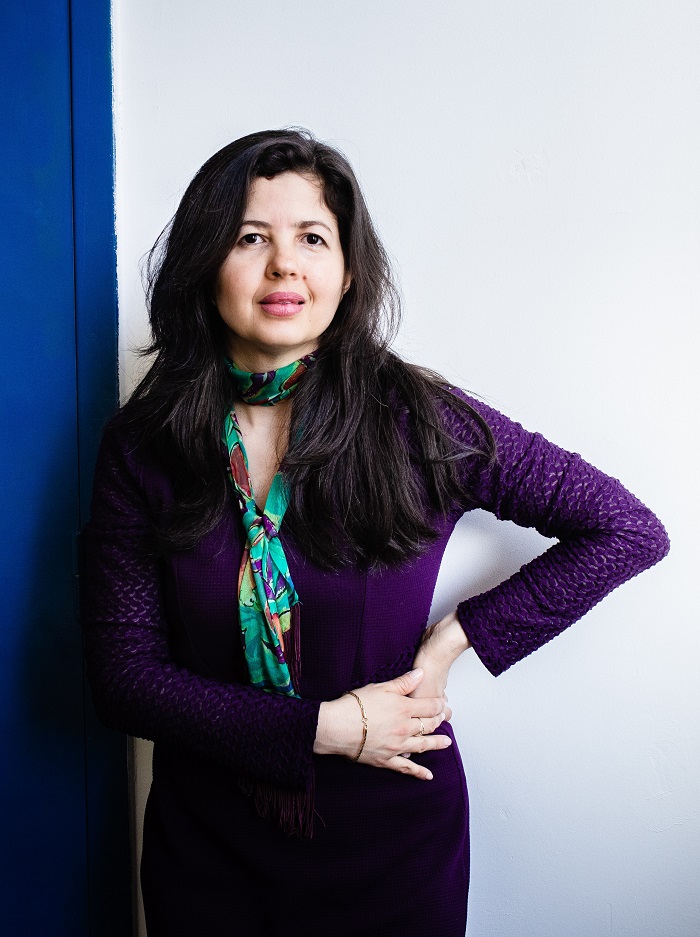
- 1CNRS/Université de Corse Pasquale-Paoli.
- 2A wafer is a support, most typically made of a semi-conductor material such as Si, upon which thin films and microelectronic components are fabricated.
- 3He works at the Institut de Chimie des Milieux et Matériaux de Poitiers (CNRS/Université de Poitiers).
- 4CNRS/Université de Paris.
